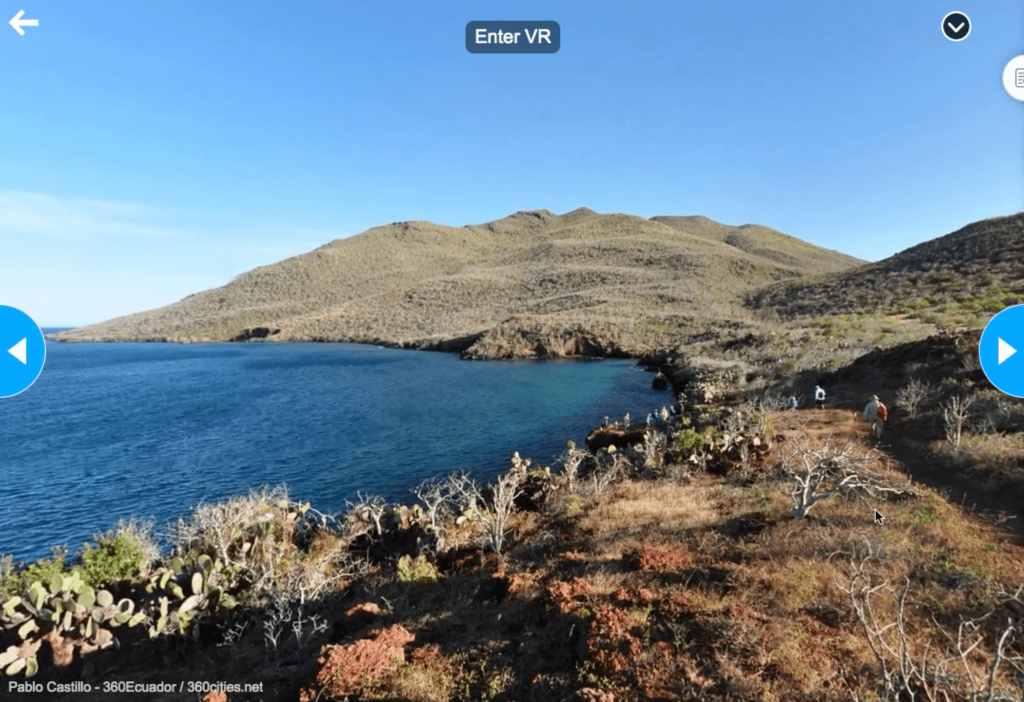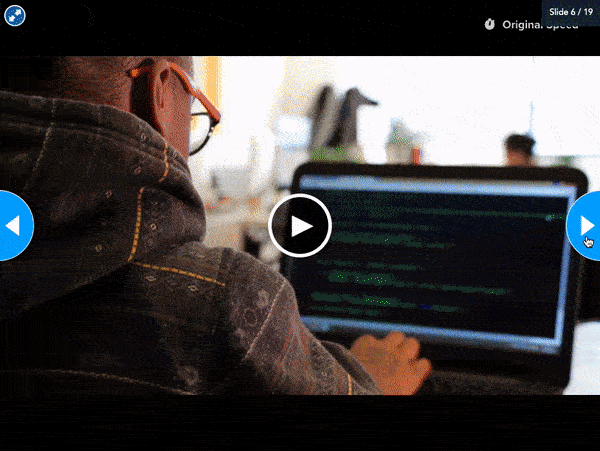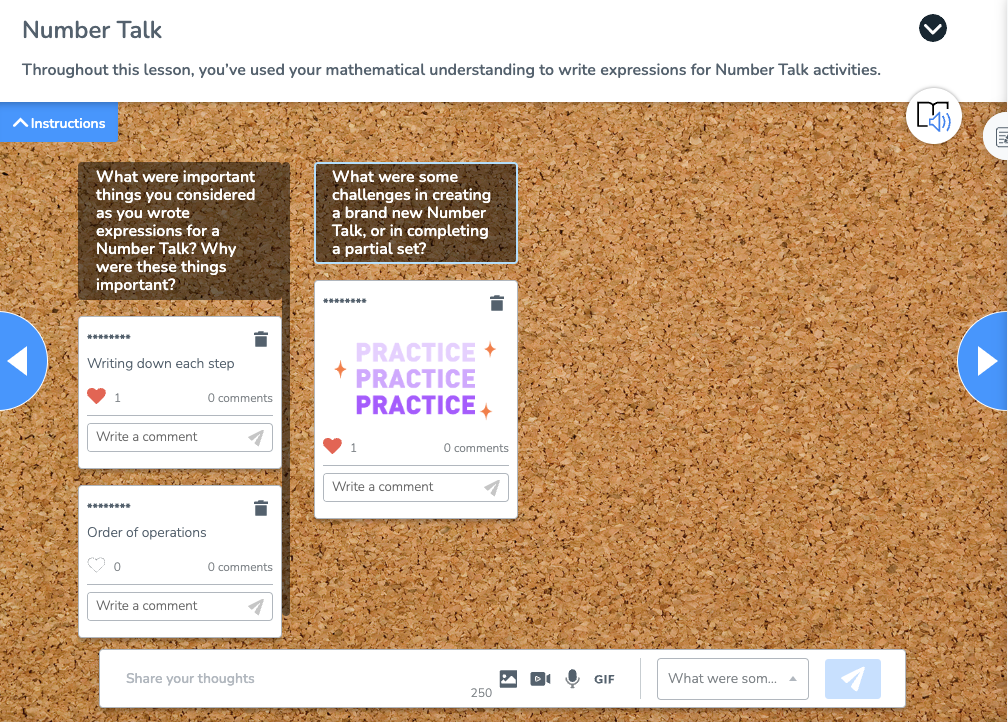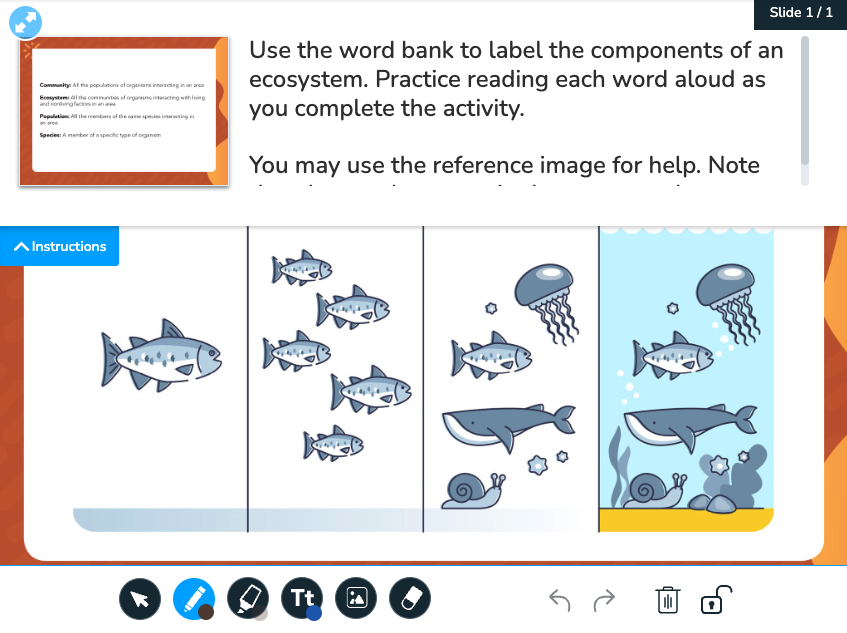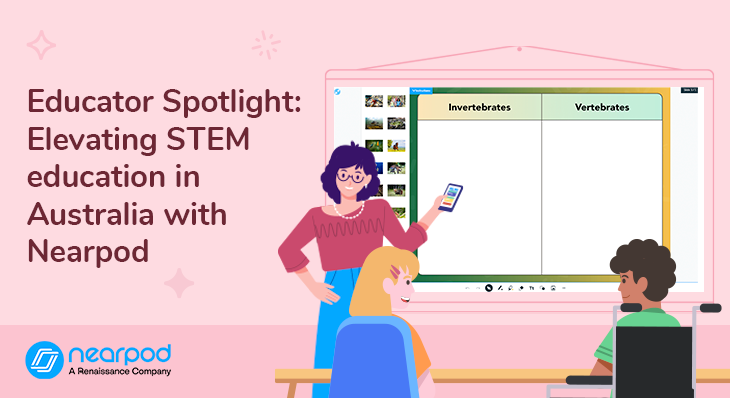
- Going global
- Implementing Nearpod
- Instructional resources
- Nearpod tips
- Science & STEM
- Success stories
- Teachers
Educator Spotlight: Elevating STEM education in Australia with Nearpod
STEM education is all about teaching students in a way that connects four important areas: science, technology, engineering, and math. Instead of treating these subjects as separate things, STEM mixes them together and shows how they’re used in real life. It’s not like the usual way of teaching, where you learn science and math separately. STEM shows how these subjects are all connected by giving practical examples that let you use what you’ve learned in real situations.
STEM education in Australia has gained significant momentum over the years, emerging as a cornerstone of the country’s educational landscape.
Based on information gathered by the Department of Education¹, Australia faces pressing concerns regarding its STEM landscape and the implications for its future trajectory. The percentage of secondary school students opting for STEM courses in later stages (Years 11 and 12) has stagnated at around 10% or lower.
There’s concerning news about how Australian students are doing in science and math. They’re either not getting better or just staying the same, while other countries are improving. While four countries or economies outperformed Australia in PISA mathematics back in 2003, this number surged to 23 by 2018.
In 2015, all Australian education ministers endorsed the National STEM School Education Strategy 2016–2026. The strategy emphasizes foundational skills, mathematical and scientific literacy, digital literacy, problem-solving, critical analysis, and creative thinking skills. It aims to coordinate and enhance STEM education activities across the country.
Sharon Raj, a primary school teacher (STEM RFF) at Dee Why Public School, Australia, is aware of all these challenges and is determined to make the subject really exciting for her students.
She tackles the task of overcoming the hurdles in providing STEM education to a diverse range of students spanning from kindergarten to grade 6. Her solution?
She uses Nearpod to differentiate learning, create active learning experiences, and connect with her students.
Teachers can sign up for free below to access and create interactive lessons. Administrators can schedule a call with an expert to unlock the full power of Nearpod for schools and districts.
Navigating STEM Challenges in Australia: A Teacher’s Insight on Transforming Education with Nearpod
Sharon’s initial introduction to Nearpod came through New South Wales’ Technology for Learning program, commonly known as STEM T4L. Reflecting on her experience, she exclaims, “Dealing with the diverse needs of each student in a classroom can be quite challenging. Fortunately, Nearpod has been a lifesaver!”
We interviewed Sharon to dive deeper into the valuable insights gained from her journey with Nearpod.
What are the main challenges of STEM education in Australia?
“STEM is not a traditional classroom subject. It involves project-based learning, problem-solving, and using technology. Students bring diverse experience levels into the classroom based on their exposure and access to technology at home. Some students may have spent time being creative using building blocks. Some others may not have had the opportunity. STEM education, therefore, must cater to this diversity in students.
The second challenge is that since STEM is not a traditional subject, students find it uncomfortable. Learning involves trial and error, and, most importantly, failing but then trying again. The idea of failing can be uncomfortable for many students. It is hard to change their mindset about this. To engage and motivate them, I introduce them to game-based learning to get them used to the idea of experimenting.”
Did you always want to be a teacher? When did your love for teaching start?
“I did not start my career as a teacher. I am trained in the sciences. I stumbled upon teaching when I helped at my children’s school during my early motherhood years. I loved being around children so much that I decided to train as a primary school teacher.
When the school decided to pay attention to STEM education, they needed someone to teach the digital technology curriculum. So, I stepped up. I could use these technology kits, including robots, in my lessons. It has been a rewarding journey because I get to discover and grow with the students.”
Tell us about your Nearpod experience. Are there any special instances that you would like to share?
“I remember when I first got training on Nearpod, especially the [Virtual Reality] Field Trip feature. Seeing the students light up at the 360-degree beach view was amazing – they were so excited! I found all these tools really helpful to keep them engaged.
I was curious to try out the other stuff in Nearpod, like gamification and the Draw It feature. But what really surprised me was the instant feedback I could get. When I asked the students questions, their responses blew me away. I never knew they had such thoughts. And the cool part was even the quiet students who usually keep to themselves joined in. Their answers really convinced me of how powerful Nearpod is.
As a STEM teacher, I come across many apps, but not many excite me. But with Nearpod, I was genuinely thrilled about the possibilities it offered.”
What are the benefits of using Nearpod in classroom teaching?
“Nearpod activities are especially useful when I need to explain complex concepts. When I simply talk about these concepts, students find it boring to listen. With Nearpod, every student has a screen, so they already feel as though they are interacting.
I also use Nearpod to wrap up a project after introducing the concepts. When I ask them to respond, every student can respond at the same time, even those who are typically nervous about speaking in front of their friends, or students for whom English is not a first language. With this feature, I know exactly what each student is thinking. It is an amazing personalization tool for a teacher.
In the STEM classroom, there is a lot of project work and hands-on work. It is difficult to gauge where a student is. Using Nearpod as a quick, low-stakes assessment tool without scaring the students too much has been fantastic! It has saved a lot of time in being able to reuse/reconfigure a lesson. It has revolutionized the way I teach!”
Please share an example of when you used Nearpod for good results.
“Recently, I played a video for a class about the use of technology in sustainable agriculture. After the video, I asked them questions. I was shocked by the students’ limited ability to retain information from the video. I had to play the video again and point out the details for them to learn better.
When I use Nearpod, even if I play a short video, I can highlight key points, and insert open-ended questions that make the students pause and think. So, getting students to engage and interact with videos has been great with Nearpod.”
What are your top tips for maximizing the use of Nearpod in STEM education?
There are a few things to keep in mind when planning your lessons to ensure that your students will have the best learning experience. A good STEM lesson should:
- Be hands-on: The best STEM lessons involve practical activities where students can use their hands, whether they’re designing a concept or creating and building something themselves. Nearpod can facilitate this by enabling you to incorporate virtual labs, simulations, and interactive activities into your lessons. This way, students can explore concepts in a controlled yet engaging environment, enhancing their understanding and retention.
- Incorporate the Collaborate Board during classroom sessions to foster interactivity. This feature allows students to share their ideas in a collaborative space, providing insight into their thought processes and encouraging meaningful discussions.
- Take advantage of Draw It’s utility. Often, a quick sketch can significantly enhance understanding. This drawing feature enables students to visually communicate their ideas, facilitating comprehension and exploration. Importantly, using this tool on an iPad offers a less intimidating platform compared to traditional pencil-and-paper drawing, allowing students to explore concepts without hesitation.
- Mimic real-life scenarios: This is another reason why hands-on learning is so essential. One of the most important things about STEM is that it helps students learn skills that will be immediately useful in the outside world. Nearpod’s ability to simulate real-world scenarios through interactive presentations and simulations allows students to apply their theoretical knowledge to practical situations, preparing them for the challenges they may face beyond the classroom.
- Utilize the Open-Ended Questions tool to create a safe and encouraging environment for students to freely express themselves. By ensuring that only the teacher can view their responses, students can confidently share their thoughts, opinions, and ideas without the pressure of public scrutiny.
Start using Nearpod for STEM education
Ever since incorporating Nearpod, students at Dee Why Public School have been freely expressing themselves without any hesitations. They’re approaching classroom learning with heightened curiosity, particularly when it comes to interactive screen engagement and virtual excursions.
One of the most significant achievements attributed to Nearpod is its role in enabling me to connect with every single student in the classroom.
Foster a love of learning in every student with Nearpod. Teachers can sign up for free below to access and create interactive lessons. Administrators can schedule a call with an expert to unlock the full power of Nearpod for schools and districts.

Nearpod’s award-winning platform is used by thousands of schools around the globe, transforming classroom engagement.

